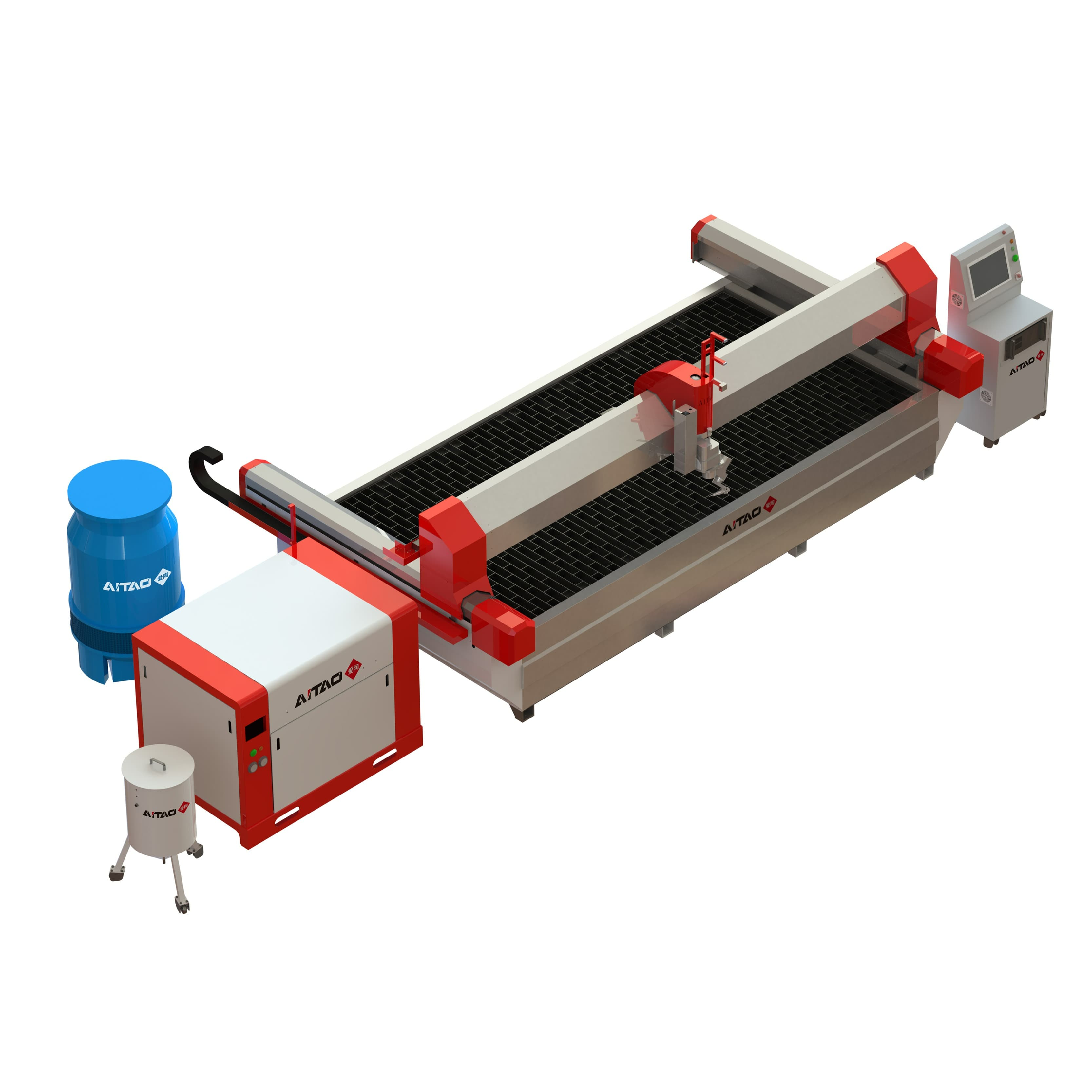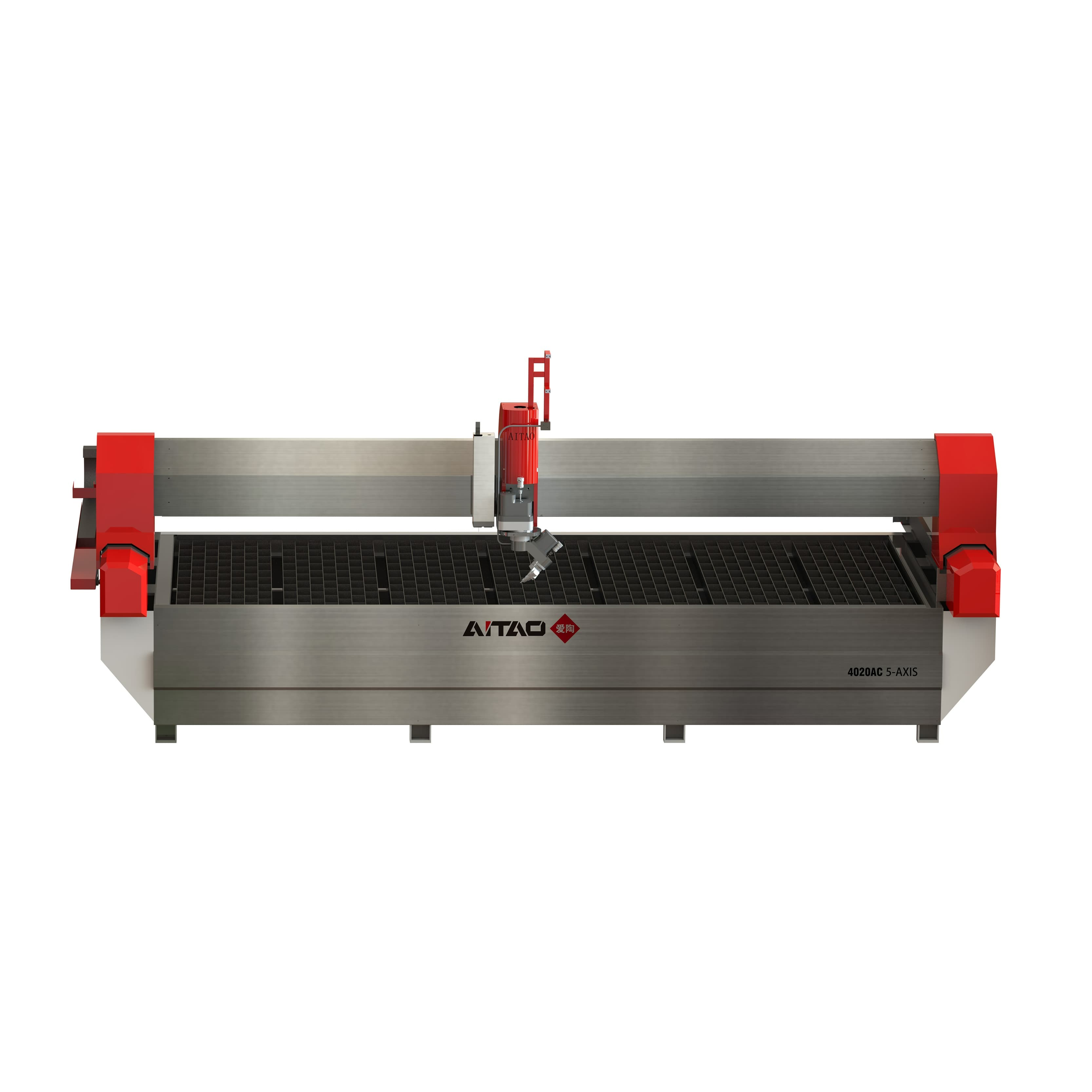Waterjet cutting is a versatile and efficient technology that is widely used in various industries for precision cutting and shaping of materials. While waterjet cutting is a wonderful tool for making detailed patterns, it also poses considerable safety risks, particularly for inexperienced users. Understanding and adopting safety precautions is critical for avoiding accidents and injuries. In this article, we will discuss some essential waterjet-cutting safety tips for new users.
Training, Education, and Awareness for Waterjet Safety
Proper training, education, and awareness are pivotal in preventing water jet cutter injuries, especially for novices. It's not just about knowing how to operate the machine but also understanding the potential hazards and safety protocols. A comprehensive training program should include:
Operational Training: Detailed instructions on the operation of waterjet cutting machines, with an emphasis on machines like the Resato waterjet, known for its advanced features and safety measures.
Safety Procedures: Clear guidelines on how to avoid waterjet injuries, including the use of emergency stops and understanding the high-pressure system's power.
Risk Assessment: Teaching new users to identify and manage risks associated with waterjet cutting, such as the forceful ejection of materials or equipment failure.
Practical Experience: Hands-on sessions under supervision to build confidence and competence in using waterjet technology safely.
These educational components ensure that new users are not only skilled in using the machines but also vigilant about safety, reducing the likelihood of waterjet injuries.

Personal Protective Equipment (PPE)
Always wear the appropriate personal protective equipment (PPE) when using a waterjet cutting machine. Safety glasses, hearing protection (because of machine noise), a face shield, gloves, and safety boots should all be used. A smock or apron can also assist in protecting against splashes and abrasives.
Machine Inspection And Maintenance
Regular machine inspection and maintenance are essential for ensuring the equipment's safety and performance. New users should familiarize themselves with the manufacturer's maintenance guidelines and conduct routine checks. Examining high-pressure hoses for evidence of wear or corrosion, evaluating seals for leaks, and confirming that the abrasive delivery system is operational are all part of this process. Regular maintenance eliminates unexpected malfunctions and ensures that the machine runs efficiently and safely.

Industrial 5 Axis Bridge Saw Suppliers
Material Handling
New users should exercise care and attention when handling materials. This begins with an understanding of the weight and dimensions of the materials being used. When dealing with large or heavy items, the use of lifting equipment such as cranes or forklifts is recommended to prevent strain and injury. It is also critical to ensure that materials are firmly positioned on the cutting bed and correctly aligned to avoid unexpected movements during the cutting operation.
Abrasive Handling
Handling abrasive materials necessitates additional precautions. Abrasive particles can cause skin and eye irritation, so new users should wear PPE when working with abrasives. When not in use, containers containing abrasive compounds should be firmly sealed to avoid spillage and contamination. Furthermore, in line with local rules, correct disposal techniques for used abrasive materials should be followed.

Precision Metal Cutting With Waterjet Technology
Safe Work Environment
Creating a safe work environment is vital for waterjet cutting operations. Maintaining a clean and organized workspace is essential. Clutter-free surroundings reduce the risk of accidents and improve overall efficiency. Adequate illumination is also essential for new users to see clearly and operate securely. Furthermore, reducing tripping risks and other workplace impediments is an important component of keeping a safe atmosphere.
Waterjet Cutting Zone Safety
The establishment of a designated safety zone around the waterjet cutting machine is essential. While the equipment is running, only authorized employees should be permitted in this zone. Using barriers, warning signs, or floor markings helps clearly indicate the restricted zones, preventing unauthorized access and minimizing the risk of accidents or injuries. To avoid any blockages, this zone should also be kept clean of items and instruments.
Conclusion
Waterjet cutting is an exceptionally effective and precise method for cutting a variety of materials, yet prioritizing safety is crucial, particularly for newcomers to the technology. Awareness of waterjet injuries and the implementation of rigorous safety measures can significantly mitigate risks. If you're in the market for a top-tier waterjet cutting solution, consider AITAO waterjets for their commitment to safety and quality. As a premier waterjet cutting machine supplier, AITAO offers an extensive selection of waterjet cutting machines tailored to meet your needs. Explore our products on our website and find the perfect match for your cutting requirements today!






